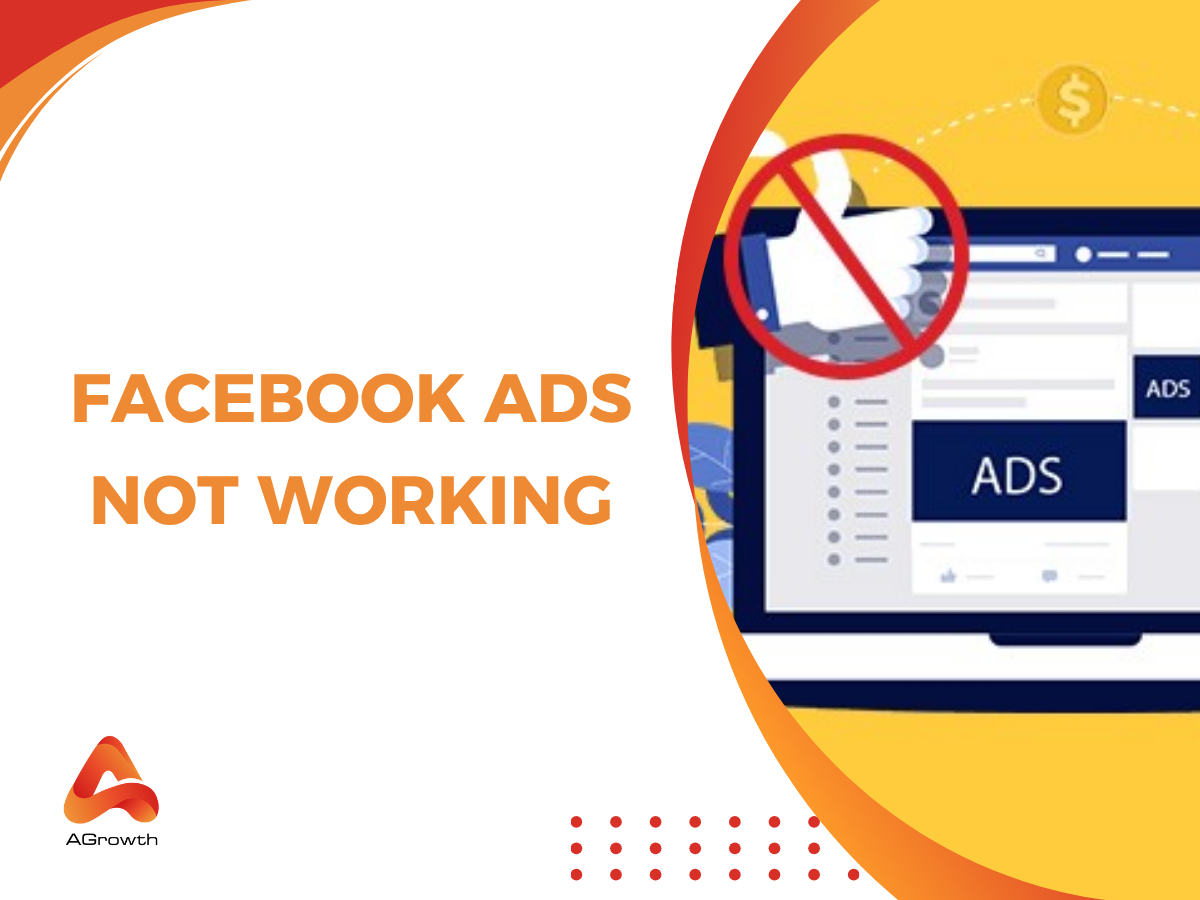
Table of Contents
Facebook Ads Not Working Properly? Here’s How to Solve It Fast
Are your Facebook ads not working the way you expected? You’re not alone. Many advertisers struggle with campaigns that fail to deliver clicks, conversions, or even impressions. The truth is, there are several common reasons why Facebook ads underperform—from targeting mistakes to technical glitches. This guide explains the most common reasons why Facebook Ads fail, how to fix them step by step, and the best practices to prevent problems in the future. Whether your ads are not delivering, not spending, or not converting, you’ll find actionable insights here backed by Meta’s own guidelines and expert advice.
Common Reasons Why Facebook Ads Are Not Working
When your Facebook ads aren’t delivering the desired results, it’s easy to feel lost. However, a systematic approach to diagnosing the problem can reveal the underlying issues. Let's explore some of the most common culprits behind underperforming campaigns.
1. Ineffective Audience Targeting
Poor audience targeting is one of the most frequent reasons for ad failure. As Neil Patel's blog points out, "One of the main reasons marketers fail with Facebook Ads is that they fail to target their ads properly." You might have a brilliant ad, but if it's shown to the wrong people, it won't convert.
-
Audience is too broad: Casting too wide a net wastes your budget on users who are unlikely to be interested in your offer.
-
Audience is too narrow: An overly specific audience can limit your ad's reach, preventing it from gathering enough data to optimize effectively. Facebook's guidelines suggest an audience of at least 1,000 users.
-
Incorrect use of interests and behaviors: Relying on basic demographic data isn't enough. You need to delve deeper into the interests, behaviors, and psychographics of your ideal customer.
2. Weak Ad Creative and Copy
In a crowded newsfeed, your ad creative is your first and often only chance to grab a user's attention. If your visuals and copy are uninspired, they'll be scrolled past without a second thought.
-
Low-quality visuals: Grainy images or poorly edited videos can make your brand appear unprofessional.
-
Uninspired copy: Generic or unengaging ad copy fails to connect with your audience or clearly communicate your value proposition.
-
Mismatch between creative and copy: The visual and textual elements of your ad should work together to tell a cohesive story.
3. Ad Account and Delivery Issues
Sometimes, the problem isn't with your strategy but with the technical or administrative aspects of your ad account. These issues can often stop a campaign in its tracks without warning.
-
Hitting the Account Spending Limit: A simple but common oversight. If your campaign spend reaches the account's predetermined limit, Facebook will automatically pause all your ads until the limit is increased or reset.
-
Ad Rejection: Your ad may have been rejected for violating one of Meta's many, and often nuanced, advertising policies. According to WordStream, common reasons can range from "issues with grammar, discriminatory language, or promoting prohibited products." It's crucial to review the rejection reason and edit your ad for compliance.
-
Low Ad Engagement: Facebook's algorithm is designed to show users content they find relevant and engaging. If your ad is consistently ignored or receives negative feedback, the platform will limit its reach, leading to poor delivery and higher costs.
These technical glitches are often fixable, but more severe problems, like a restricted or disabled ad account, can halt your entire advertising operation. If you're facing these critical issues, it's vital to act quickly. Learn the steps in our detailed guide on How to Recover a Disabled Facebook Ad Account.
4. Insufficient Budget or Low Bids
While Facebook ads can be cost-effective, a budget that's too low can stifle your campaign's performance. The algorithm needs a sufficient budget to exit the "learning phase" and find the right people to show your ad to. Similarly, if you're using a manual bidding strategy, a bid that's too low will prevent your ad from winning auctions and being shown to your target audience.
5. Poor Landing Page Experience
Your ad is just the first step in the customer journey. If a user clicks on your ad and is taken to a landing page that is slow, confusing, or not mobile-friendly, they're likely to leave without converting. A high bounce rate from your landing page can also signal to Facebook that your user experience is poor, which can negatively impact your ad's performance.
6. Ad Fatigue
Showing the same ad to the same audience for an extended period can lead to ad fatigue. As users see your ad repeatedly, they become less responsive, leading to a decline in click-through rates and an increase in cost per click.
7. Neglecting the Sales Funnel
Are you asking for a sale from a cold audience? Pitching to users who have never heard of your brand is a common mistake. It's crucial to align your ad's objective with the user's stage in the sales funnel (awareness, consideration, conversion).
8. Lack of A/B Testing
If you're not testing different elements of your ads, you're missing out on valuable insights. A/B testing allows you to compare different versions of your ads to see what resonates most with your audience. You can test everything from ad copy and images to audience segments and calls to action.
How to Fix Facebook Ads Not Working
Diagnosing an underperforming ad campaign requires a systematic approach. Once you've identified the potential reasons for failure, it's time to implement targeted solutions. This isn't about guesswork; it's about making data-driven adjustments to reignite your campaigns. Here are the most effective fixes for common Facebook ad problems.
Overhaul Your Audience Targeting Strategy
If your ads aren't converting, the first place to look is your audience. The goal is to find the sweet spot between being too broad and too narrow.
Refine with Custom and Lookalike Audiences
Move beyond basic interest targeting. Use the Meta Pixel data to create high-value Custom Audiences based on website visitors, past purchasers, or people who have engaged with your content. Then, build 1-2% Lookalike Audiences from these sources. As Revealbot notes, these audiences enable Meta's algorithm to find new people who are highly similar to your best customers, often resulting in more cost-effective and effective campaigns.
Implement Strategic Exclusions
Stop wasting money on people who won't convert. Regularly exclude past purchasers from prospecting campaigns (unless you're upselling). In your retargeting funnels, exclude audiences from upper stages as they progress through the funnel. For example, your "Add to Cart" audience should exclude those who have already made a "Purchase."
Test Broader Audiences with Strong Creative
For top-of-funnel campaigns, don't be afraid to test broader targeting with minimal interest layers, especially if you have a compelling offer and strong creative. Meta's algorithm has become incredibly sophisticated; sometimes, giving it more room to operate can lead to better results.
Systematically Troubleshoot Technical and Delivery Issues
Don't let technical glitches derail a well-planned strategy. Regularly perform these health checks on your ad account.
Verify Your Meta Pixel and Conversions API
Go to your Events Manager to ensure your Pixel is firing correctly on all key pages and tracking the right standard events (e.g., ViewContent, AddToCart, Purchase). Implementing the Conversions API alongside the Pixel provides a more reliable data connection that isn't as affected by browser-based tracking limitations.
Check Account Spending Limits and Ad Status
It sounds basic, but it's a common oversight. Confirm you haven't hit your account-level spending limit in your "Billing & Payment Settings." If a Meta ad is active but not delivering, check its status for any rejections or errors on Meta accounts that need addressing.
Address Auction Overlap
If you have multiple ad sets targeting similar audiences, they may be competing against each other, driving up your costs. Use Meta's "Audience Overlap" tool to check for significant overlap and consider consolidating your ad sets or adding exclusions to prevent this internal competition.
Optimize Your Budget and Bidding Strategy
Your budget and bidding strategy directly control how competitive your ads are in the auction.
Use Advantage Campaign Budget (CBO)
For most campaigns, transitioning to Advantage Campaign Budget (formerly CBO) is a best practice. CBO automatically allocates your budget to the top-performing ad sets in real-time, ensuring your money is spent more efficiently to achieve your objective.
Set a Realistic Budget to Exit the Learning Phase
An ad set needs approximately 50 optimization events (e.g., purchases, leads) within a 7-day period to exit the "learning phase." If your budget is too low to achieve this, your ad delivery will be unstable. Ensure your daily budget is sufficient to hit this target.
Align Your Bidding Strategy with Your Goal
While "Lowest Cost" (now "Highest Volume") is the default, consider testing "Cost Per Result Goal" if you need to maintain a specific cost-per-acquisition (CPA). This gives you more control over costs, though it may limit volume if your goal is set too low.
Perfect the Post-Click Landing Page Experience
Your ad's performance doesn't end with the click; it extends to the entire user journey on your landing page. A poor landing page experience will kill your conversion rate.
Ensure "Message Match"
The headline, offer, and creative in your ad must align perfectly with the content on your landing page. If a user clicks an ad for a "50% Off Sale on Blue Widgets" and lands on a generic homepage, they will leave immediately.
Optimize for Page Speed and Mobile
The majority of Facebook traffic is mobile. Use Google's PageSpeed Insights to test and improve your landing page's load time. A slow-loading page is a primary reason for high bounce rates and wasted ad spend.
Simplify the Conversion Process
Make it as easy as possible for the user to convert. Keep forms concise, asking only for essential information. Ensure your CTA button is prominent and clearly visible "above the fold" on both desktop and mobile devices.
Best Practices to Prevent Facebook Ads Not Working
Troubleshooting Facebook Ads when something goes wrong is essential, but an even smarter approach is to build your campaigns in a way that minimizes risks and prevents issues before they happen. By following structured best practices, you can reduce wasted budget, maintain consistent ad delivery, and improve your overall return on investment (ROI). Below are proven strategies that experienced advertisers rely on.
Keep Up With Meta’s Advertising Policies and Updates
Meta updates its advertising rules frequently, especially in sensitive categories like healthcare, finance, and political content. Many ads stop running simply because they violate updated policies.
Best practices:
-
Subscribe to Meta’s policy update notifications.
-
Train your ad team to recognize restricted content (before/after images, exaggerated claims, or misleading copy).
-
Maintain a checklist for compliance before submitting any ad.
Build a Solid Account Structure and Warm-Up Strategy
Accounts with chaotic structures often experience delivery issues. Facebook’s algorithm performs best with simplified campaign setups and gradual spend increases.
Best practices:
-
Use Campaign Budget Optimization (CBO) to let Facebook allocate budget across ad sets efficiently.
-
Avoid creating too many overlapping ad sets targeting similar audiences (audience overlap leads to auction competition).
-
Warm up new ad accounts by starting with lower budgets, then scaling steadily. Rapid budget increases can trigger flags and restrict delivery.
Prioritize Creative Diversity and Rotation
Ad fatigue is one of the most overlooked causes of performance drops. When audiences repeatedly see the same creative, click-through rates plummet, and cost per result skyrockets.
Forbes experts highlight that “creative stagnation is often the silent killer of ad performance.”
Best practices:
-
Prepare at least 3–5 variations of creative per campaign (mix images, videos, carousels, and Reels).
-
Refresh creative every 10–14 days depending on frequency.
-
Test different messaging angles (value-based, emotional, urgency-driven).
-
Use Dynamic Creative Ads to let Facebook automatically mix and match variations.
Leverage Advanced Targeting and Audience Segmentation
Generic targeting often leads to wasted spend. Instead, advertisers should build layered targeting strategies and utilize Facebook’s AI-driven tools.
Best practices:
-
Create Custom Audiences from email lists, website visitors, or CRM data.
-
Build Lookalike Audiences to scale while retaining quality.
-
Segment audiences by funnel stage (awareness, consideration, conversion).
-
Use exclusion targeting to avoid overlapping campaigns.
Maintain a Balanced Budget and Scaling Plan
Low budgets often prevent campaigns from leaving the learning phase, while aggressive scaling can break performance.
Best practices:
-
Allocate enough budget for at least 50 optimization events per week per ad set (Facebook’s recommended minimum).
-
When scaling, increase budget by 20–30% at a time instead of doubling overnight.
-
Use Value-Based Lookalikes to maximize returns while scaling.
Use Automated Tools and AI Optimization
Facebook’s machine learning has improved dramatically, and leveraging automation often prevents delivery issues.
Best practices:
-
Enable Advantage+ Placements so Facebook automatically finds the most cost-efficient placements.
-
Use Advantage Campaign Budget (ACB) to distribute spend dynamically.
-
Test Advantage+ Shopping Campaigns if you’re in e-commerce, as they often outperform manual setups.
Maintain Clean Billing and Account Health
Sometimes ads don’t run simply due to billing failures or Meta account restrictions. Keeping your account in good standing is crucial.
Best practices:
-
Keep multiple valid payment methods on file.
-
Monitor billing thresholds and pay balances promptly.
-
Regularly review the Account Quality dashboard in Business Manager.
FAQs
Why are my Facebook ads not showing to anyone?
This could be due to pending review, disapproved ads, too small audience size, or low budget. Always check Ads Manager’s delivery column.
Why is my Facebook ad active but not delivering?
There could be several reasons for this, including a low bid, a narrow audience, or ad approval issues. Check your ad set's delivery status in Ads Manager for more information.
Why are my Facebook ads not converting?
Sometimes ads deliver impressions but don’t generate sales. Common reasons include poor landing page experience, misaligned objectives, or weak offers. Neil Patel points out that “ads don’t convert when the message doesn’t match user intent.”
Can ad account's health affect delivery?
Yes. If your Business Manager or Ad Account has multiple policy violations or unpaid balances, delivery may be restricted even for compliant ads. Always monitor your Account Quality dashboard.
Related posts


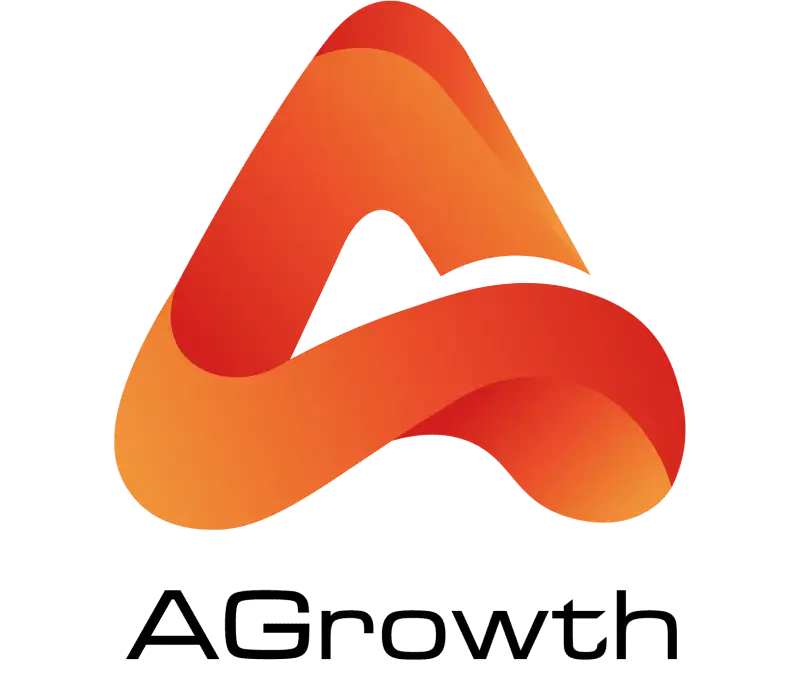

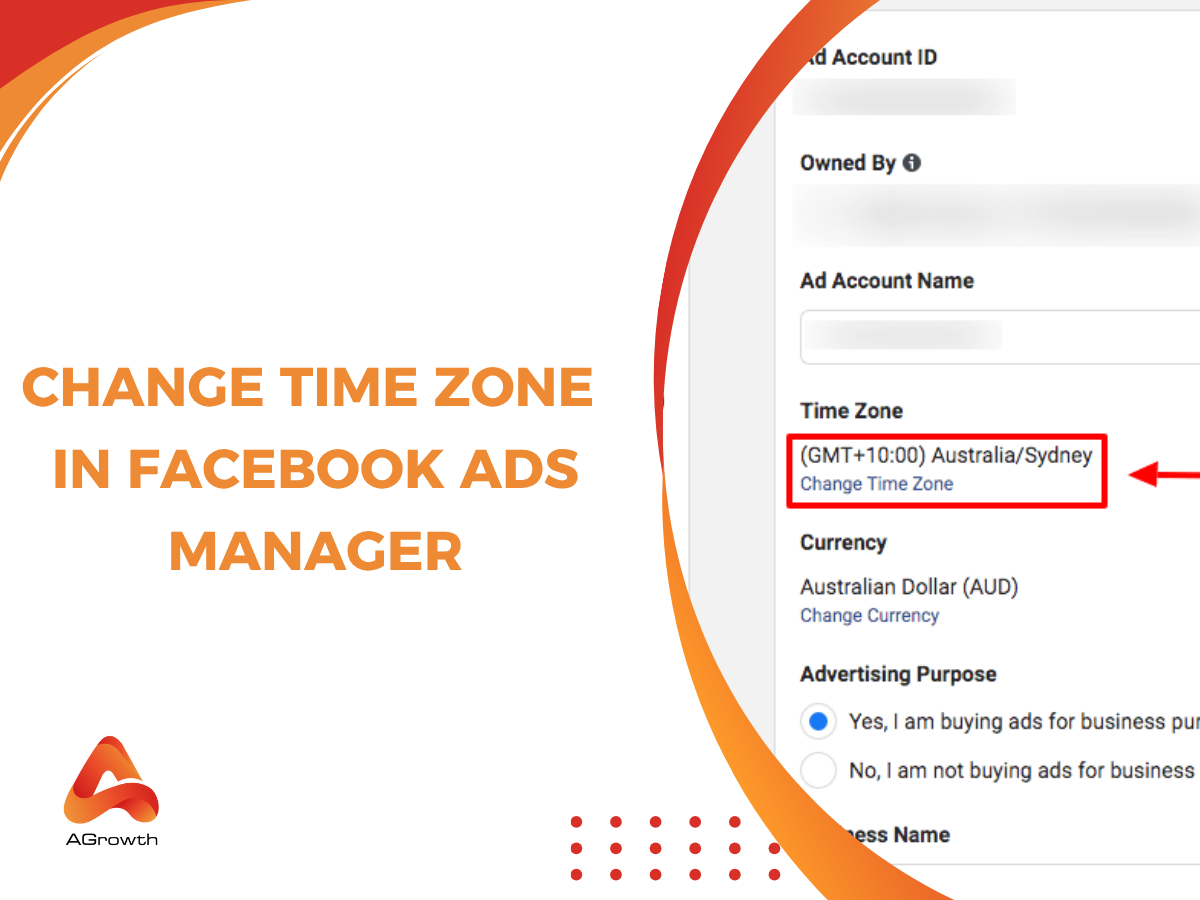
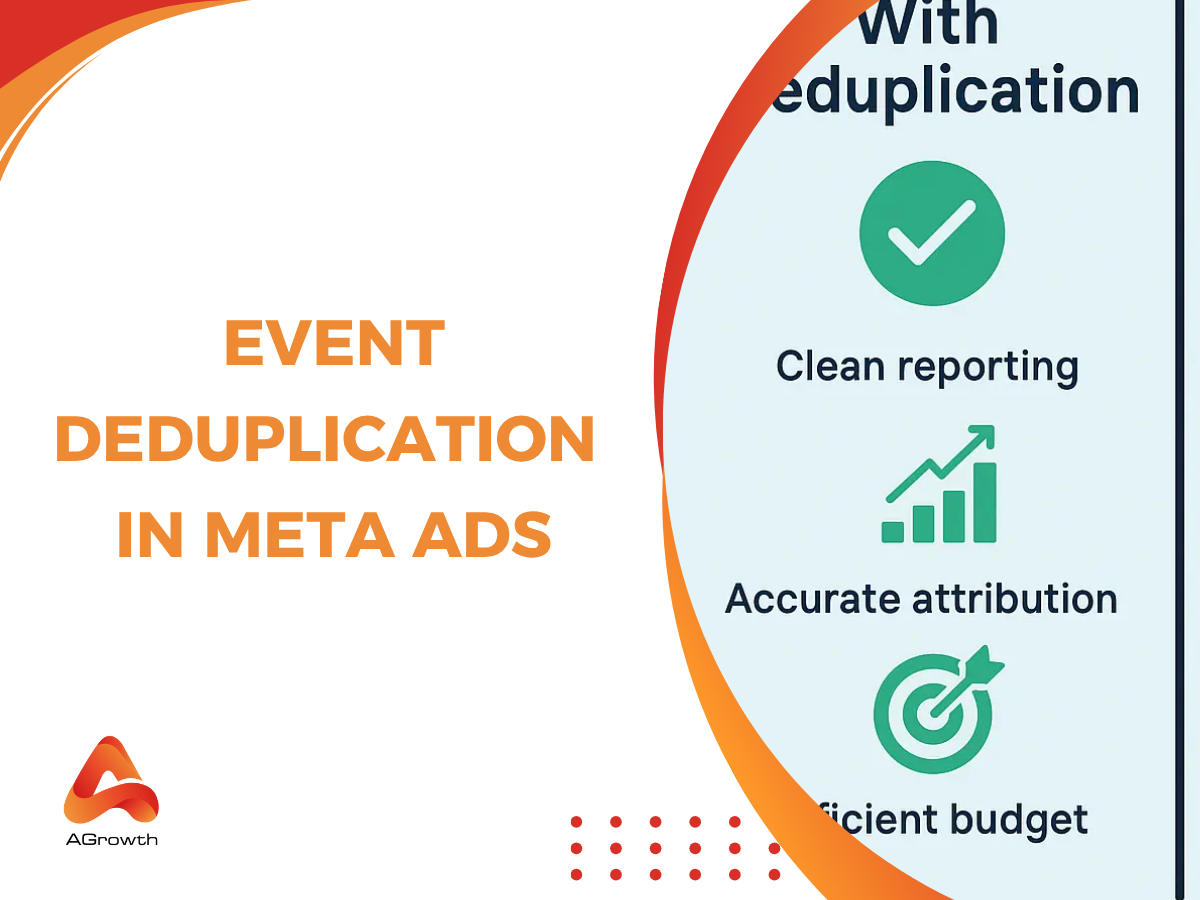
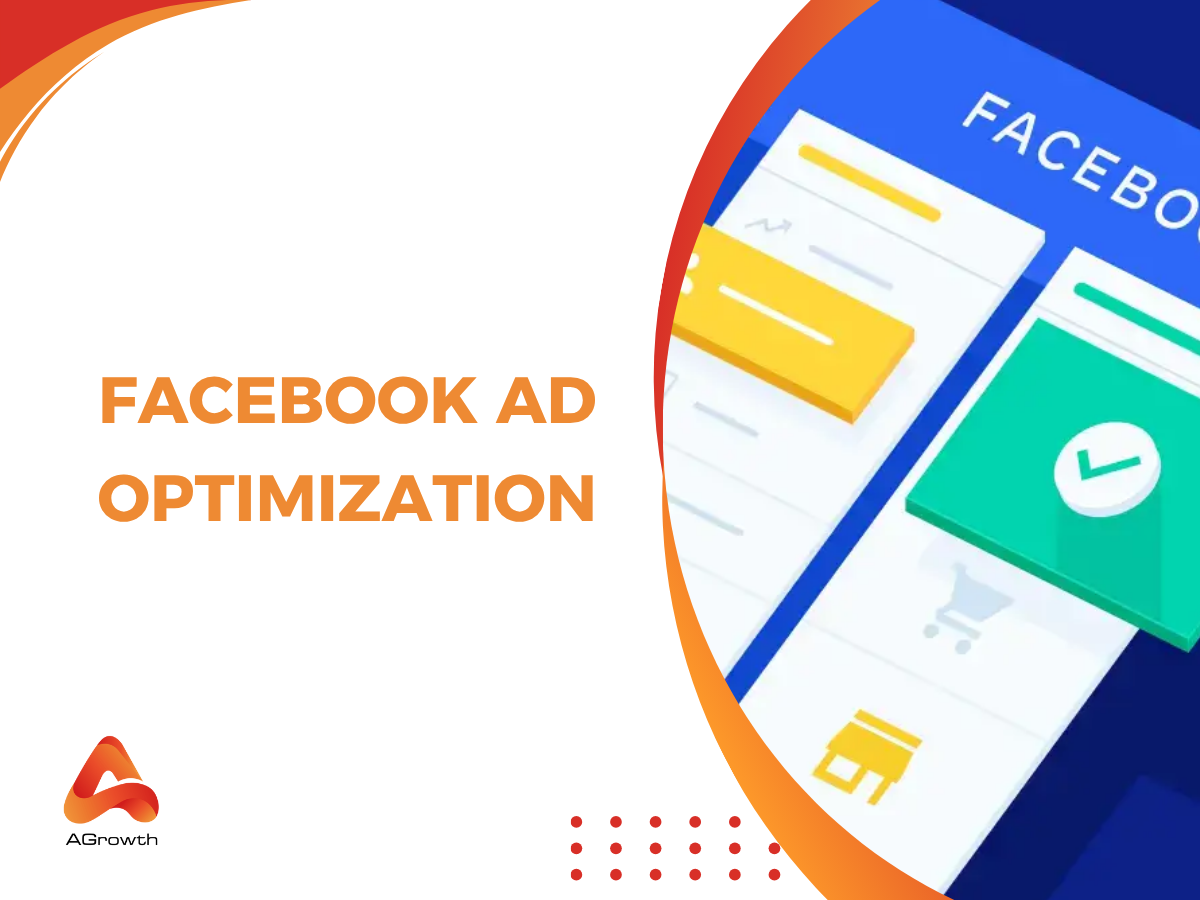
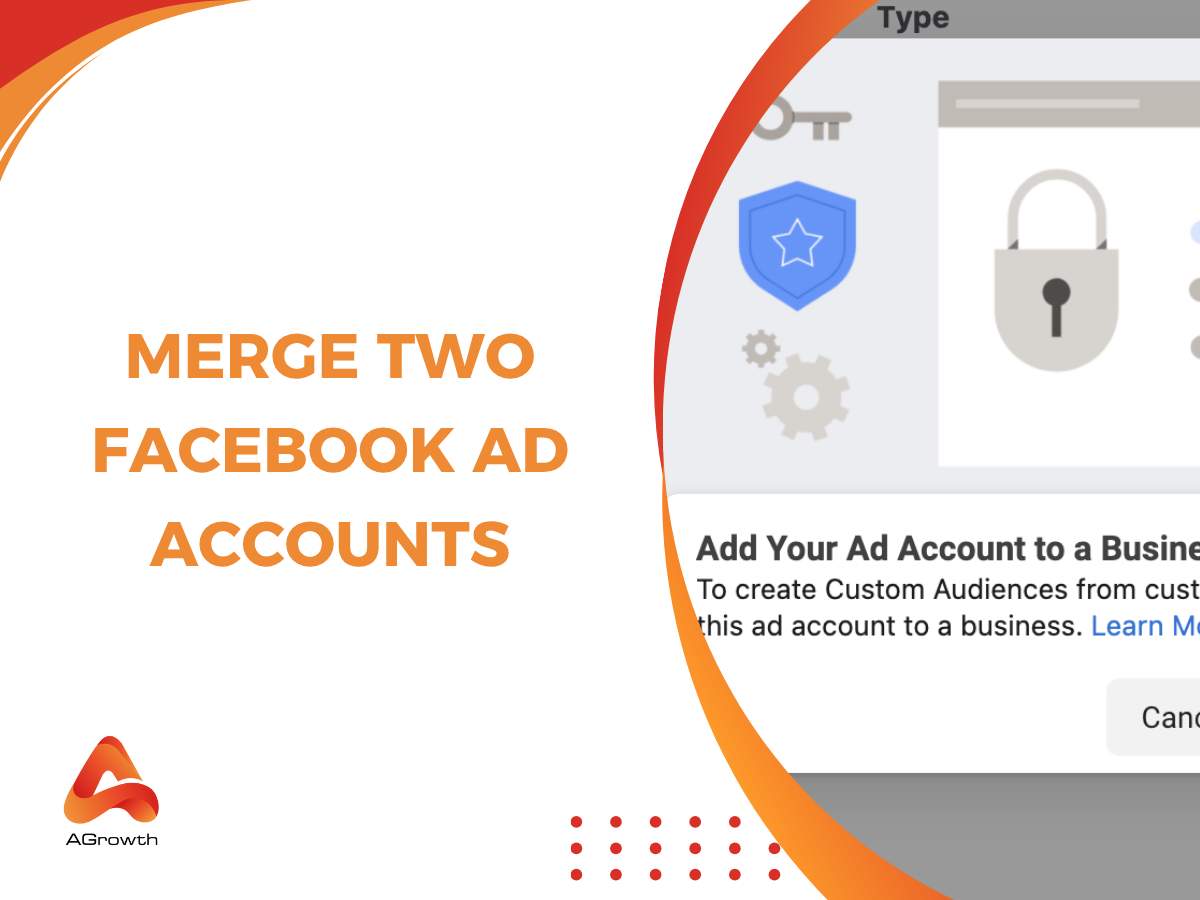
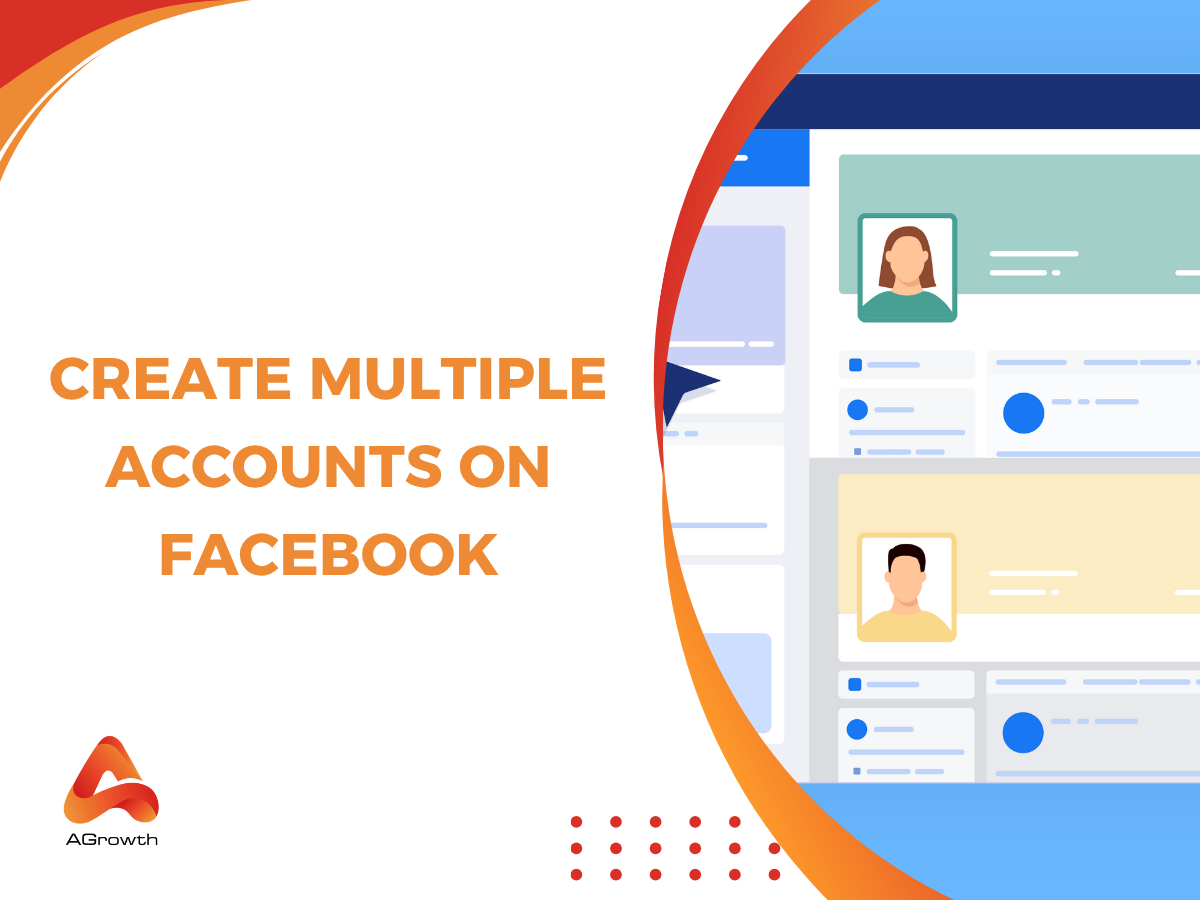
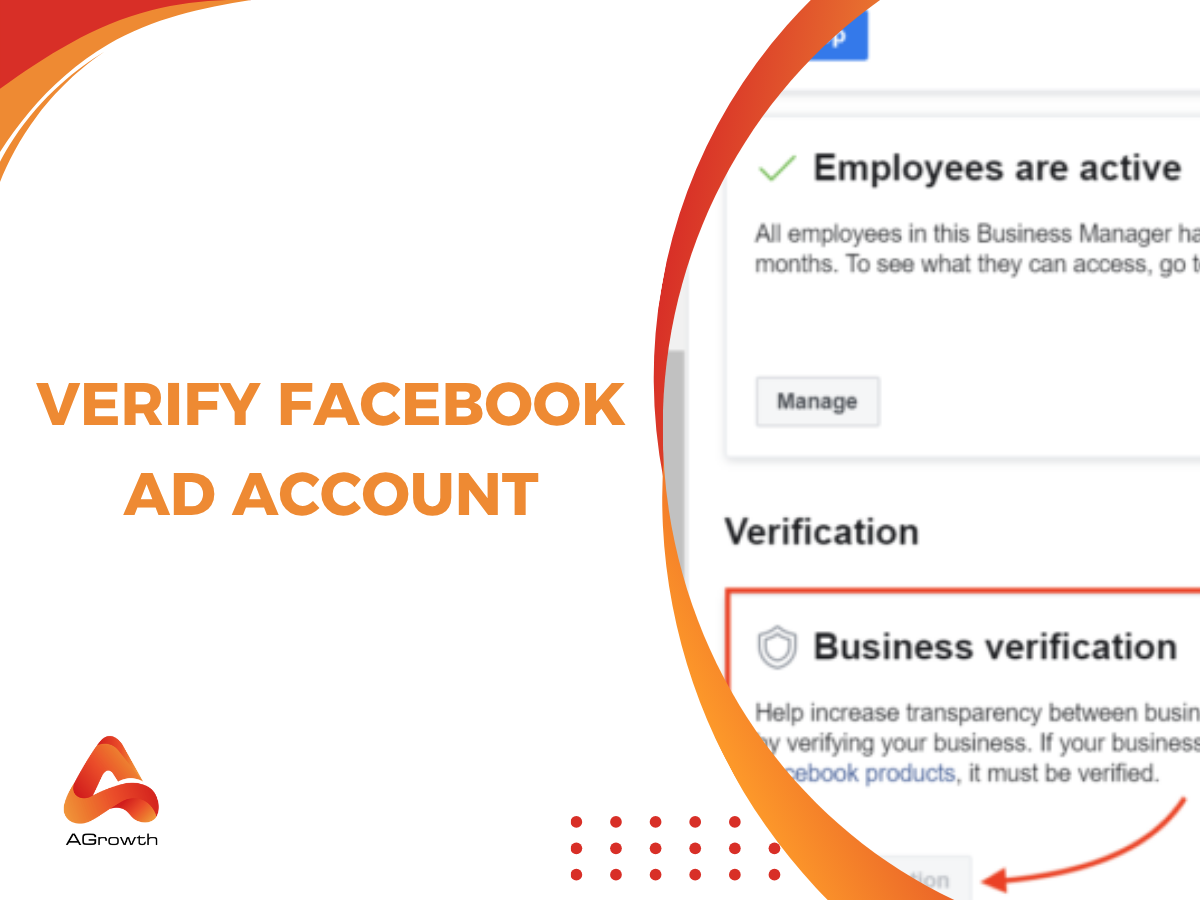
Your comment